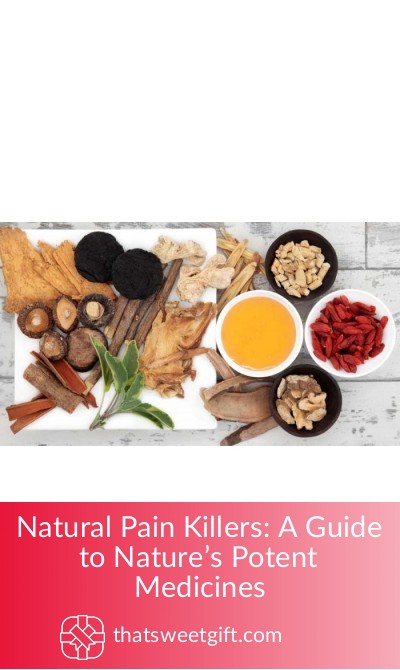Natural Pain Killers: A Guide to Nature’s Potent Medicines
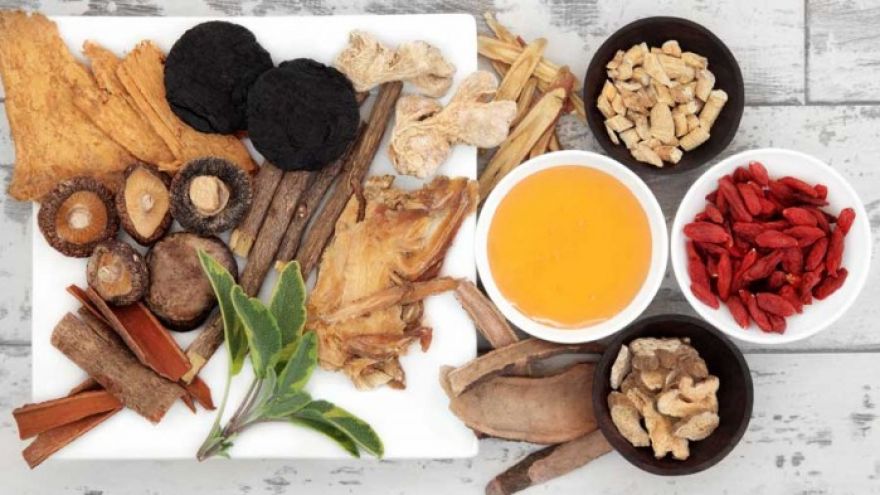
If you’re in pain, like many Westerners, you might reach for an over-the-counter (OTC) drug, like aspirin or ibuprofen. Prescription drugs have climbed 300 percent in the last decade, and over the counter use of drugs has been more heavily regulated due to over-doses and misuse of drugs highly available to the public. OTC drugs are available in grocery stores, drugstores, and corner convenient stores. There is a widely misunderstood belief that because these drugs are so readily available without prescription that they are more safe than the drugs sold from behind the pharmacy counter. The truth is, there are many dangers to using over-the-counter drugs. Cough medicines and other cold OTC drugs include an ingredient called DXM, dextromethorphan, which is highly abused, next to laxative and diet pills.
There are practices of pharmacological solutions known as the field of alternative medicine. Reiki, yoga, and acupuncture practices use natural foods, herbs, and other healing solutions that include some of the same ingredients that are in OTC painkillers that are less addictive and can be a more safe option, depending on the type of pain you are experiencing. Don’t hesitate to seek out a healthcare provider to diagnose the source of your pain, and discuss some natural options for treating it.
If you have regular toothaches, back pain, and any other types of pain you may want to research and consider alternative medicines, including herbs and spices that treat inflammation, stomach pain, headaches, arthritis, blood clots, and other related conditions. When it comes to simply relieving pain in your body, you’d be surprised how good you can feel with applied alternative approaches.
Remember, pain is your body communicating to you that something is wrong. It may be only temporary, like a strained muscle. However, pain can also mean you have a serious health problem that may need a care provider to offer professional medical advice and treatment.
Turmeric
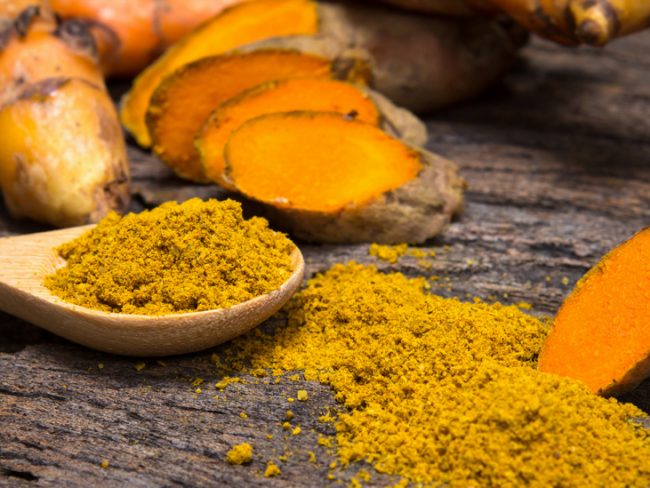
Turmeric is often found in Indian and Thai cuisine. It is a spice with a unique flavor and shades curry that lovely color of yellow. Turmeric contains what is culled curcumin, a compound that is classified as an antioxidant.
Curcumin helps protect the body from free radical molecules that can damage cells and tissue. It can also serve as a pain reliever because of its ability to aid swelling or inflammation, which is often associated with joint, bone, or muscle pain.
In addition to acting as a great pain reliever, turmeric also can treat indigestion, upset stomach, ulcers, and even cancer.
Cloves
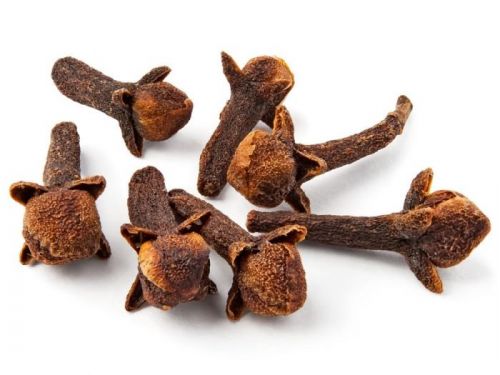
Cloves are often found in meat and rice dishes. In a recent study, cloves are considered an aid in healing fungal infections. Clovers can be ingested in a powder form or as a capsule. Herbal supplemental like cloves can be applied to a variety of conditions, including nausea, colds, and pain related to headaches, inflammation, and can also be used as a topical ingredient in pain relievers.
The magical ingredient in cloves that makes them such a good herbal treatment for pain is that it contains eugenol, which is one of the main conditions found in OTC drugs.
Acupuncture

A common alternative care practice is acupuncture. The goal of acupuncture treatment is to promote and restore the balance of energy by inserting thin needles in the skin. Each needle is inserted at a particular point in the body in order to heal pain and restore energy to certain parts of the body to find neutrality. Some needles are inserted at the points of pain, while others are inserted into areas that are not near the pain, but will push good energies to flow in.
Acupuncture is in the realm of Chinese Traditional Medicine (TCM). It is more than 2,500 years old, and applies holistic techniques often found in tai chi, massage therapy, and other mind-body practices like reiki or yoga.
Acupuncture can also alleviate emotional pain and digestive complaints, like nausea, irritable bowel syndrome, and other types of stomach-related pain. Muscle spasms and stress-related pain like back or neck pain, and the intensity of migraines.
Heat and Ice
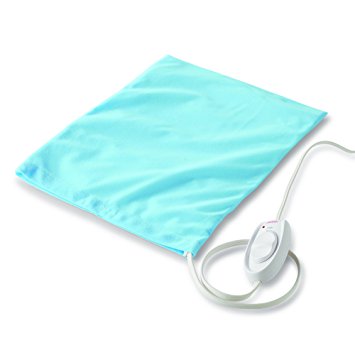
Ice cubes and heating pads are great home remedies for pain and soreness. Although, it may seem obvious, often people don’t apply heat and cold correctly to the body, and use it in a way that maintains all the benefits of topical or direct application of heated or icy objects.
For acute injuries and pain, ice packs or Dixie cups of ice can be applied or massaged onto painful areas on the body. Inflammation or swelling, which is caused from strained or over-used muscles, is best treated with cold as well. After, apply a heating pad or a hot, wet towel to the area. The heat can help with the stiffness and pain in muscles that can occur after the strain or injured area is iced.
Essential Oils
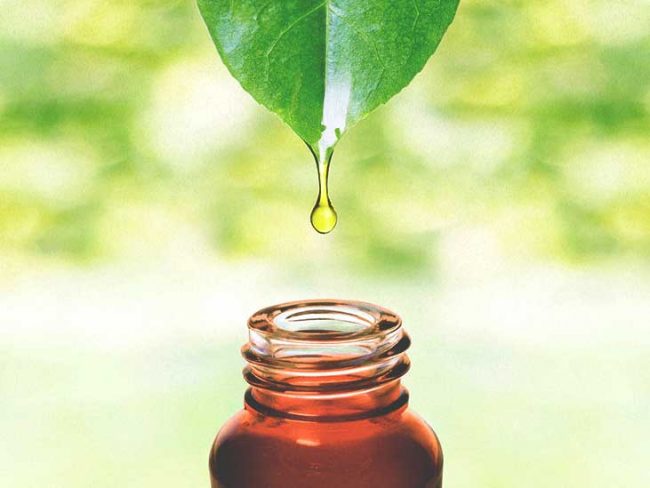
Adding chemical content to chronic or temporary pain is a great alternative to OTC drugs. Essential oils can offer immediate relief from chronic or temporary pain. Essential oils can penetrate cells quickly to provide them with oxygen to improve blood circulation in inflamed joints and muscles.
Essential oils can be directly applied over the skin, and can offer a soothing sensation to the area that hurts you. They also smell ridiculously good, and can be a nice stress-reliever when added to humidifiers and oil diffusers through the house hold.
Essential oils can be used for chronic pain, joint and muscle pain, and bone pain.
Hot Chili Peppers
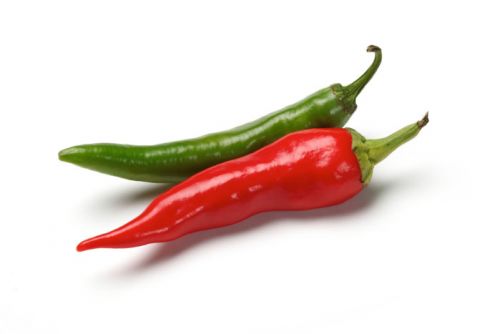
Hot chili peppers are no joke! They add a kick to any sauce or dish, and can also boost the immune system by sweating out any toxins and combating free radicals in the body.
What makes hot chili peppers a great pain reliever is the derivative of the common anesthetic lidocaine with capsaicin, the ingredient that makes chili peppers really hot. If exposed to enough capsaicin, your body’s pain nerve cells can become numb to pain. As well, capasaicin has properties that relieve inflammations, which helps with joint and muscle swelling.
Basically, chili peppers can trick your body into not feeling pain, or high amounts of heat or stimulant. Even though you’re not in danger, the capasaicin, when ingested, can alert your body’s cells to go into safety mode as the hot chili peppers ignite your body with heat well over 107.6 degrees Fahrenheit.
Capsaicin alleviates pain in part by de-sensitizing your sensory receptors on your skin so your body is unable to communicate pain signals to your brain.
Peppermint
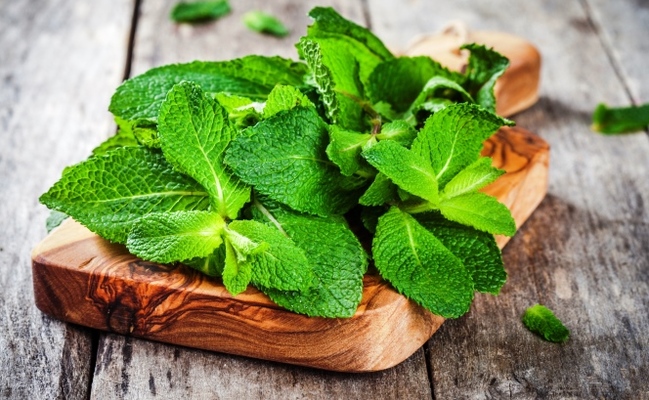
Peppermint is a delicious natural remedy for pain! It relaxes the mind while also relieving inflammation any pain in general. The aroma of peppermint can offer memory enhancement and stress relief because it is often soothing for people think of happy things associated with the smell.
Fresh breath and toothpaste are just two other benefits of peppermint!
Pin for later
